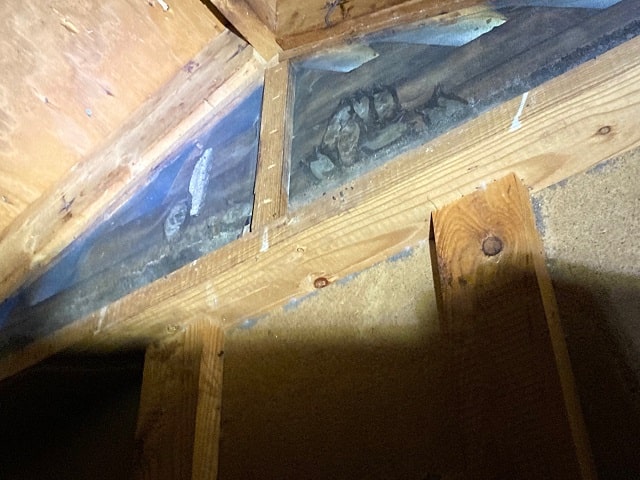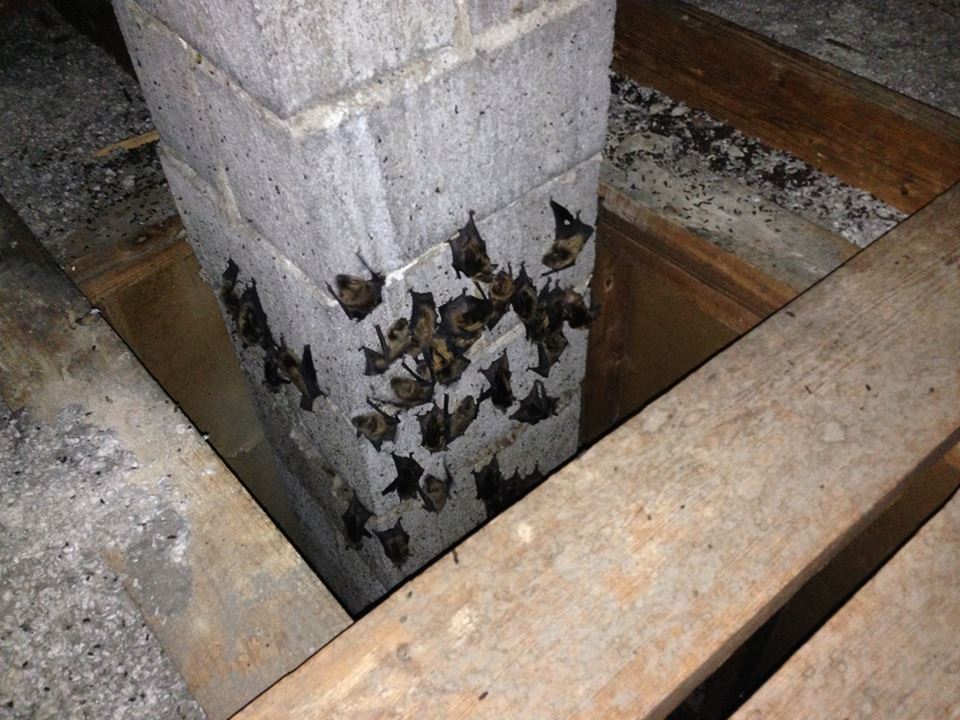
In this article
- Bat Infestations in Attics: Bats roost in attics due to warmth and shelter, entering through gaps in roofs, vents, and chimneys. Their presence causes noise, odors, and health risks.
- Health and Structural Risks: Bat droppings (guano) can cause respiratory diseases like Histoplasmosis and weaken attic structures. Bats are also potential carriers of rabies.
- Humane Bat Removal: Professional exclusion methods, such as one-way exit tubes, are the most effective and legal way to remove bats. Cleaning and sanitization are necessary after removal.
- Prevention and Protection: Some bat species are federally protected, and repellents are ineffective. Homeowners can deter bats by limiting outdoor lighting and water sources or by installing bat houses.
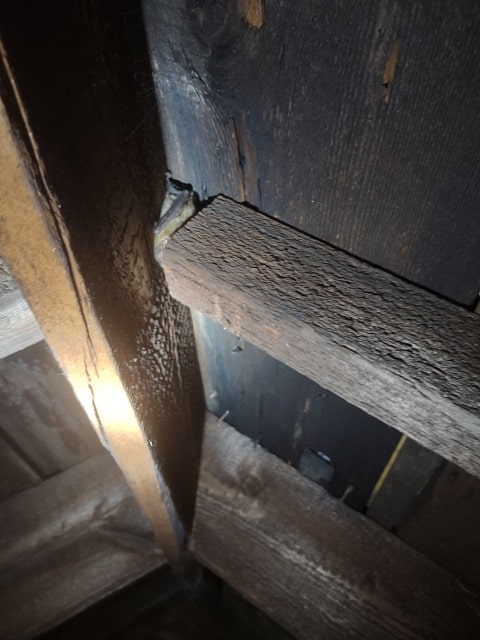
Bats live in virtually every habitat in the United States and use trees, caves, and rock crevices for daytime roosting locations. When natural bat habitats overlap, bats can will roost in mines, under bridges, under roofs, in chimneys, but most often inside your attic.
Once a colony of bats is established, resulting bat problems for homeowners range from general noise and smell nuisances to the heightened risk of contracting illnesses.
Jump to section
How do Bats Get into the Attic?
Depending on the time of year and the species of bat, they enter attics either to hibernate or give birth. Attics offer the warmth, humidity, and shelter necessary for rearing young pups.
Bats gain access to attics through gaps in roof shingles, mortar, windows, doors, and home ventilation systems. Gable vents are a common bat entry point into the attic.
Conflicts that arise from bat infestations in the attic range from unsightly messes to health risks, and some of the more negligible issues associated with bat presence include their insistent squeaking sounds and the strong musky odor that is excreted from their scent glands.
Bat Problems in Your Attic
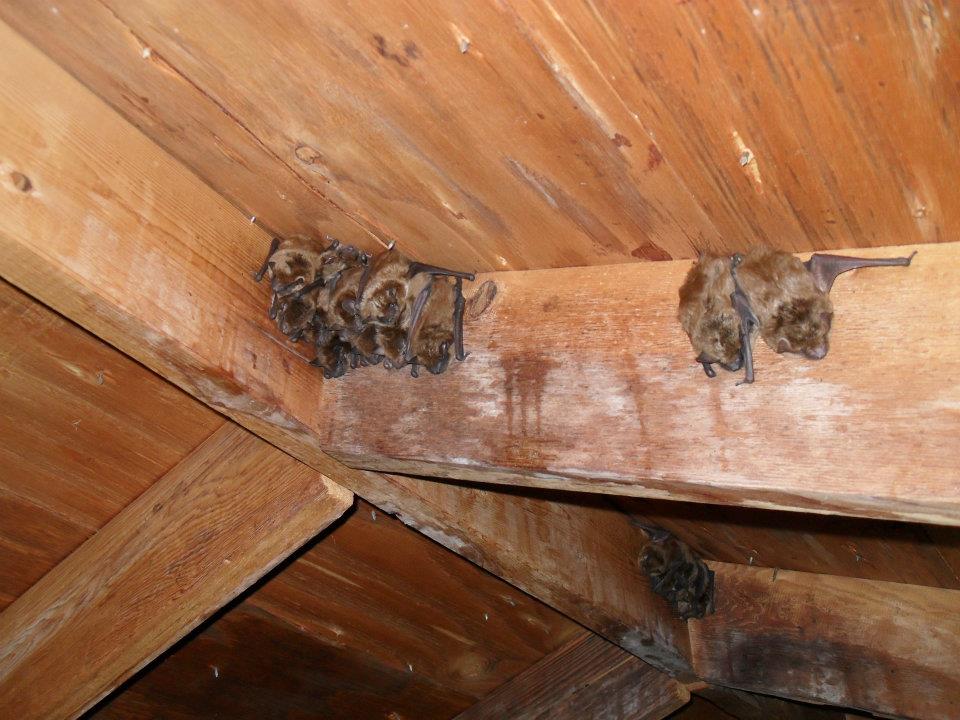

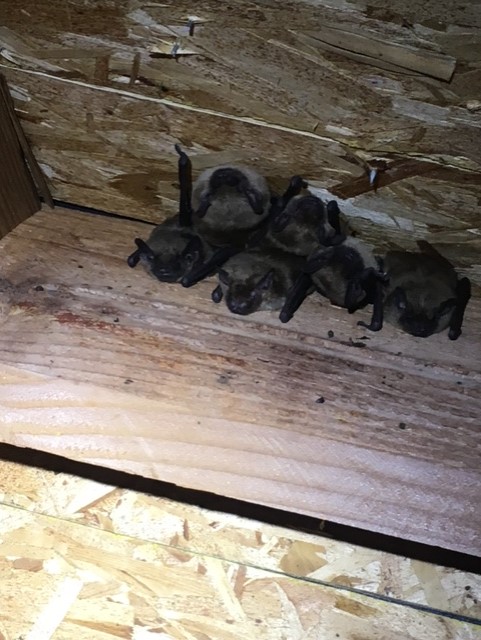
Bats pose very little direct danger to people, but it is not a good thing to have bats in the attic.
Dangers of Bats in the Attic
One of the biggest bat problems is the collection of bat droppings, also called guano. Bat guano can introduce health risks to you and your family and damage your attic.
Guano provides a hospitable environment for the fungal spores that cause Histoplasmosis, a respiratory ailment, to grow. When droppings accrue, the spores become airborne and can be breathed in by residents. During bat removal, the Critter Control experts wear respirators to protect themselves.
Bat guano collects under the roost location. The longer an infestatio,n the larger the pile of bat droppings. They can contaminate your insulation and weaken your ceiling.
In rare cases, a bat can find itself in the living space of your home. It is exceedingly rare for bats to bite you, but it can be difficult to find a bat bite spot. Additionally, bats are known carriers of rabies. If someone has been in the same room with a bat, it is prudent to seek medical attention or contact the local health department.
Evidence of Bats in Attic
- Piles of guano in the attic, insulation, on your roof, or in your gutters
- Stains on ceiling or walls from urine
- The strong smell of ammonia in the attic
- Smudge marks or oily streaks on walls
- High-pitched squeaking noises in your attic
How to Get Rid of Bats in Your Attic
Not only do bats provide environmental and economic benefits, but also bat populations are threatened. Human behavior like wind turbines and pesticides hurt bat populations. White-nose syndrome is a fungal disease that spreads through bat colonies and has almost eliminated the Northern long-eared, little brown, and tri-colored bats.
Before you attempt a DIY bat removal, there are state and federal protections for bats. It is illegal to kill or trap bats in the attic. If flightless pups are present you cannot install bat exclusions. Finally, without proper protection, an amateur bat control can put your health at risk.
Bats in Attic Removal
Not only is bat exclusion the most effective way to get rid of bats from roosting in your attic, but it is also the most humane and ethical bat control strategy.
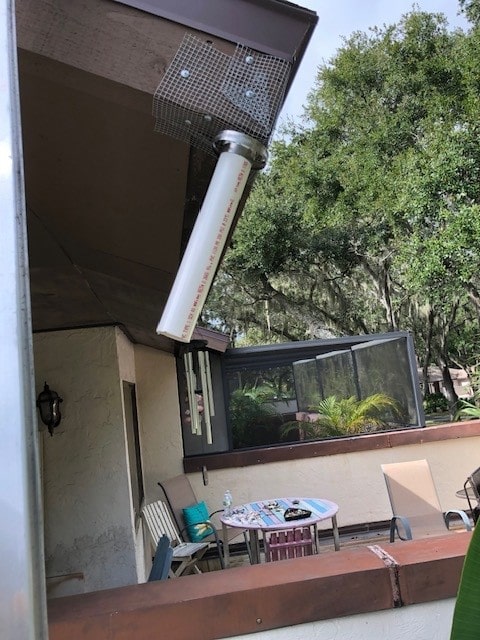
Exclusion tubes are a one-way exit, allowing bats in the chimney to leave but not to return. The process typically takes three to seven days to ensure all bats are out. After a final attic inspection, we remove the valve and seal the final exit point.
Once bats are gone, the professionals at Critter Control will remove any feces and apply sanitization agents to decontaminate the area. In extreme cases, we off full attic restorations and reinstall attic insulation.
Critter Control offers professional bat removal across the country. Where you live will determine when bat removal is possible. In colder climates, you cannot remove or disturb bats during hibernation. During the summer, you can evict bats once the pups can fly on their own.
Attic Remediation after Bat Infestation
After bats in the attic, attic remediation is a must. This step restores your attic to a safe and clean condition, removing all traces of roosting bats.
Clean Up
Bat infestations leave behind contaminated materials that must be carefully removed.
Our cleanup process includes:
- Safely disposing of nesting materials and bat droppings.
- Using specialized sanitation agents, such as industrial-grade disinfectants, to disinfect the area.
- Eliminating harmful bacteria and odors to make your attic a safe environment once more.
Remove and Replace Insulation
Your uninvited attic guests may damage insulation during their stay, nesting in it and contaminating it with urine and droppings. During our inspection, we’ll evaluate the insulation and replace it if necessary. Generally, we recommend insulation replacement when:
- Areas are heavily contaminated with rodent waste.
- Insulation has suffered significant water damage.
- Insulation is old and no longer effective.
- There are signs of mold or mildew growth.
We can help prepare insurance bids for insulation replacement to ensure a seamless transition. We work with most major insurance companies to ease the financial burden.
TAP Pest Control Insulation
As part of the remediation process, we offer Thermal Acoustical Pest (TAP) Control Insulation. This is a specialized insulation that offers multiple advantages over run-of-the-mill insulation, including:
- Pest resistance: TAP insulation is infused with boric acid, which deters insects and other pests.
- Energy efficiency: It helps with temperature regulation, adding a layer of insulating protection that reduces heating and cooling costs.
- Noise reduction: TAP insulation offers superior soundproofing compared to traditional insulation, helping keep your home quieter and more comfortable.
We install TAP insulation to provide long-term protection against future infestations while improving energy efficiency and reducing noise.
Photo Evidence of Signs of Bats in the Attic
Bat guano is the most obvious sign that bats are in the attic.
Photos of Bat Guano
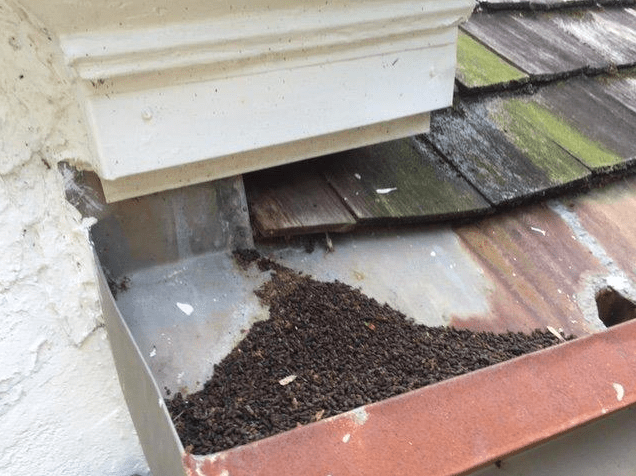
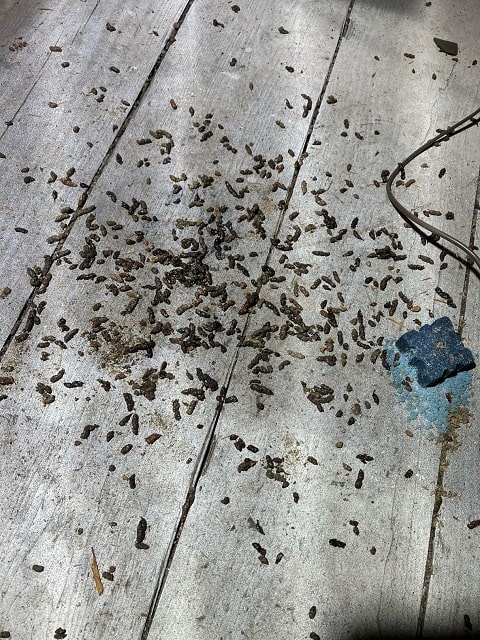
Bats leave smudge marks near the entry and exit holes.
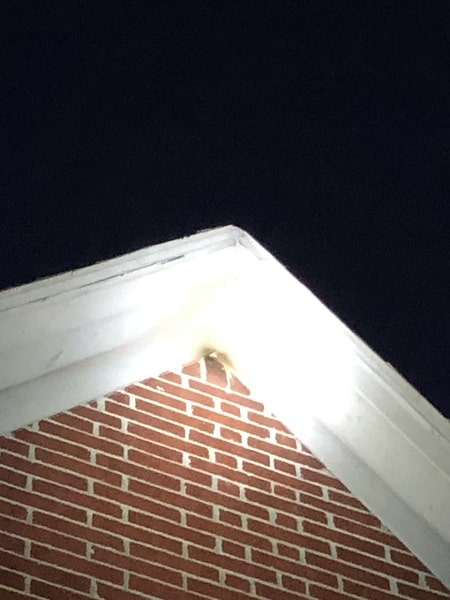
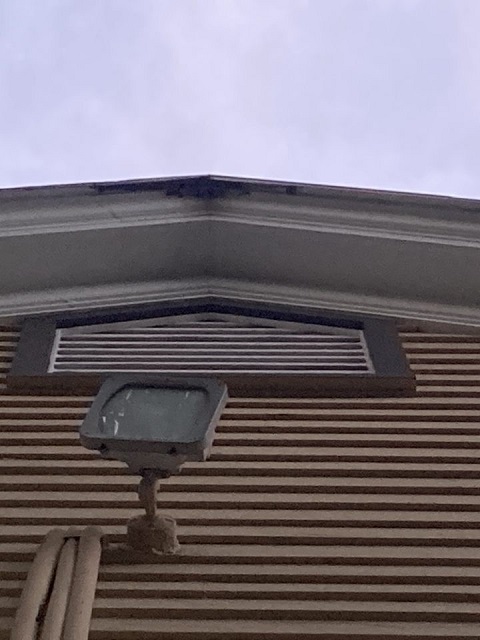
Occasionally, you will see the bats roosting in your attic.
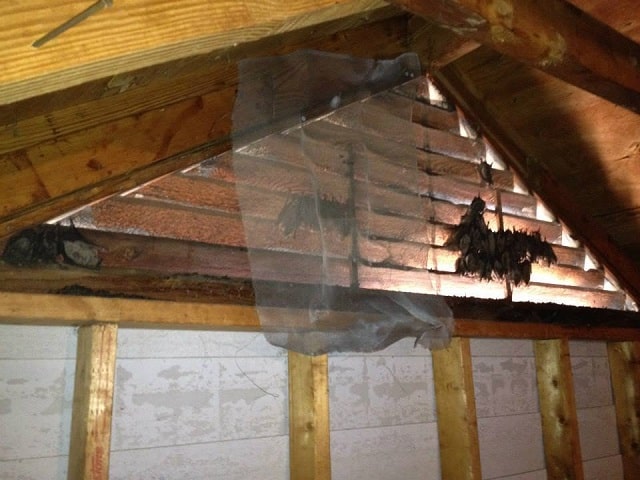
Having bats in your attic can pose serious health and structural risks, from the spread of diseases like Histoplasmosis to the damage caused by accumulating guano. While bats are beneficial to the environment, their presence inside your home can lead to unwanted messes, strong odors, and potential exposure to rabies. Given the legal protections surrounding certain bat species and the complexities of safe removal, homeowners should avoid DIY methods that could be ineffective or even harmful. Instead, hiring Critter Control ensures a professional, humane, and thorough approach to bat removal. With expert exclusion techniques, sanitization services, and attic restoration options, Critter Control provides a safe and lasting solution, protecting both your home and the bat population.
Some bat species are currently listed as endangered on the federal level. The protected species include the Indiana, hoary hat, gray, Florida bonneted, little Mariana bats, the Mexican long-nosed, Pacific sheath-tailed, Virginia big-eared, and Ozark big-eared.
The federal threatened list includes the Mariana fruit bat and the Northern long-eared bats, while the tri-colored and little brown bats are under review for being endangered.
There are no bat repellents that work effectively. One way to help prevent bats is to keep outside lights turned off at night. The lights will attract insects, and insects are a huge food source for bats. Bats also drink a lot of water, so minimizing water sources around your property, if possible, is a way to prevent bats and other wildlife from being a nuisance.
A bat house is the best way to create a safe ecosystem for both bats and homeowners.
Get them out.
Keep them out.®
Experiencing a wildlife or pest issue? We can help! Complete this form and your local Critter Control® office will contact you to assist.
- Baby Bats
- Bat Bites
- Bat Facts & Myths
- Bat Guano – Identification & Removal
- Bat Maternity Season
- What Sounds Do Bats Make?
- Bats & Rabies
- Watch How Bat Removal Works
- What to Do if Bats in Homes
- Bats in Chimneys
- Bats in Roofs
- Bats in Trees
- Bats in Walls
- Dead Bats
- Bat Diet & Feeding Schedule
- Do Bat Deterrents Work?
- How to Get Rid of Bats in Attic
- Is bat exterminating legal?
- Do Bats Hibernate?
- Types of Bats
- What Does a Bat Look Like?
- Bat Habitats and Infestations
- Bat Blindness & Echolocation
